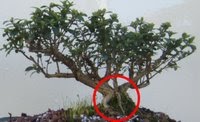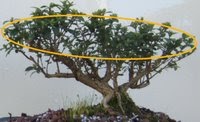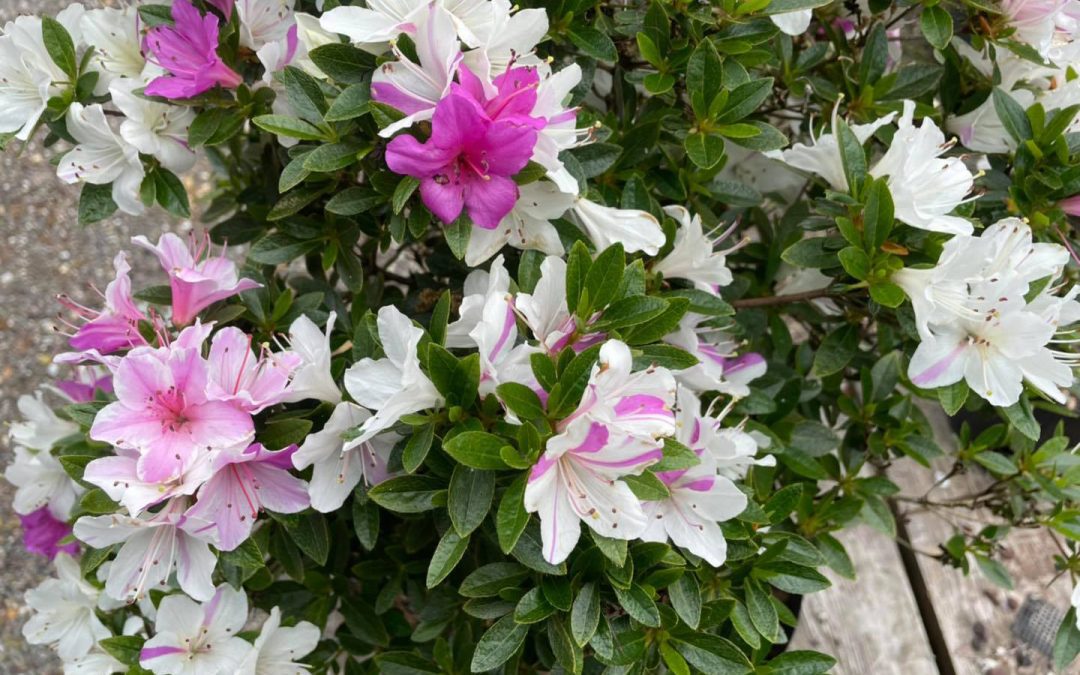Two factors: survival and beauty.
Beauty
All bonsai are unique. There will never be another bonsai like the one you saw that you liked. Buy it or leave it, keep it alive or kill it, once it is found there will never be another.
What do you want out of it?
One cannot approach bonsai thinking it is a thing, an inert object, or a pretty mantle display piece. Everyone comes to bonsai from their own experiences. Do you like Mountain trees or orchards? Street trees or park trees? Does bonsai remind you of your childhood, or perhaps books?
Where are you going to keep it?
All plant species and subspecies require different climates. You need to learn the climate of your bonsai space, and choose your plant accordingly. For example, pines and junipers can take a lot of sun and heat. If you have no sun you can still use kingsville boxwood or fuchsia. If you live in a rainy area then you can favor birch or swamp cypress; if you live in The desert then you get mugo pine or english boxwood. (If you want the plant indoors you may be missing the point of communing with nature, but figs are common for this use.)
How much time do you have to attend it?
Different plants require different amounts of maintenance. If you like to fiddle with things, then you should have high attention species like elm and boxwood which require constant pinching; or you need willow or maple which require attentive watering. If you do like to ignore plants then a kingsville boxwood or small mugo pine, irrigated, and in an oversized bonsai pot, requires virtually no attention in any given year.
How much experience do you have with plants?
Do you know how to keep a plant alive? Do you know how to fertilize? do you know flowering fushia requires good, and different summer/winter fertilization than most other bonsai; and it requires winter protection. The pretty variegated Japanese maple can only take so much sun, and is susceptible to fungal disease. There is a lot to learn about every plant and it is your responsibility to learn it.
What “level” of plant do you want?
Are you looking for a cute tree, or a $20 000 John Naka original? You can get either. It is really about the tree you like, can afford, and can properly care for. Having a bonsai is like having a pet and having a big expensive bonsai is like having a big expensive pet. Don’t buy a poor-quality bonsai if you are really into the art; don’t buy an expensive bonsai if you are only half halfheartedly into it.
Finally
Choosing a bonsai quickly is an interactive process: you find what is available, and pick from that pool of trees what would best suit you. You can’t go shopping for a specific plant-like “I need a 46-year-old hinoki informal upright with 5 main branches and a trunk shari like the one I saw in that movie.” You can only pre-plan and pre-pick the bonsai specifications you wish to have if you are willing to wait years while searching for or making the perfect plant.
A bonsai is a living, breathing, eating pet; which looks like a beautiful plant.
My role in your tree
Nebari – Surface Roots

Nebari is the core bonsai attribute! We source only plants with good nebari. Good nebari usually means the roots radiate from the trunk evenly. The roots grip the ground, like in this picture. It may also mean that the roots are very visually interesting if they are not radial.
Secondary Branching

The secondary branching should be visually clear. They should convey branchness or even trunkness, not twiggyness. They should be clean: branches don’t have leaves on them, twigs do. Twigs are at the end of the branch. Much of the time creating/designing a bonsai goes into manipulating the branching. The purpose is to make the crown look good with the tree’s best feature. (This tree’s feature is the backward lean of the trunk.) Sometimes it takes years to get the branching perfect. That is one of your roles in your tree’s life.
Crown

The crown should be full and even. This is the easiest and most time-consuming part of a bonsai. The crown on this tree gets a B+. The crown is full, and it is gently curved at the top. But this tree is still young. The branch tips will become more even. It will grow the small tertiary branches, from the secondary branches. That usually takes 5 years. And when the tertiary branches become too numerous, I could remove some secondary branches. Then this tree will be an A+.
